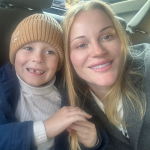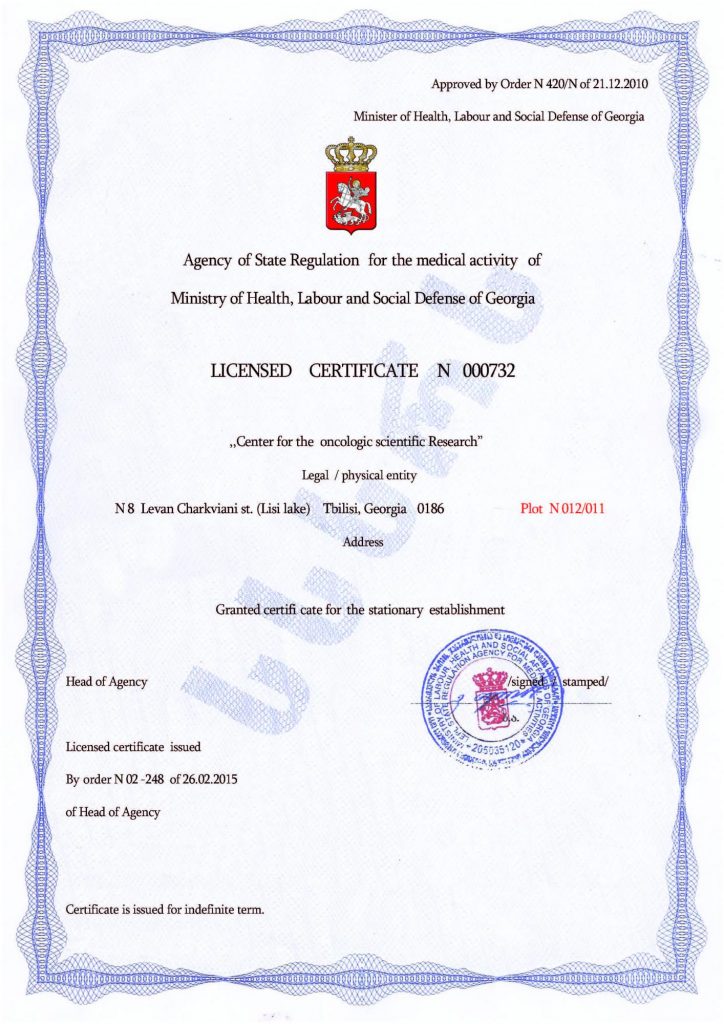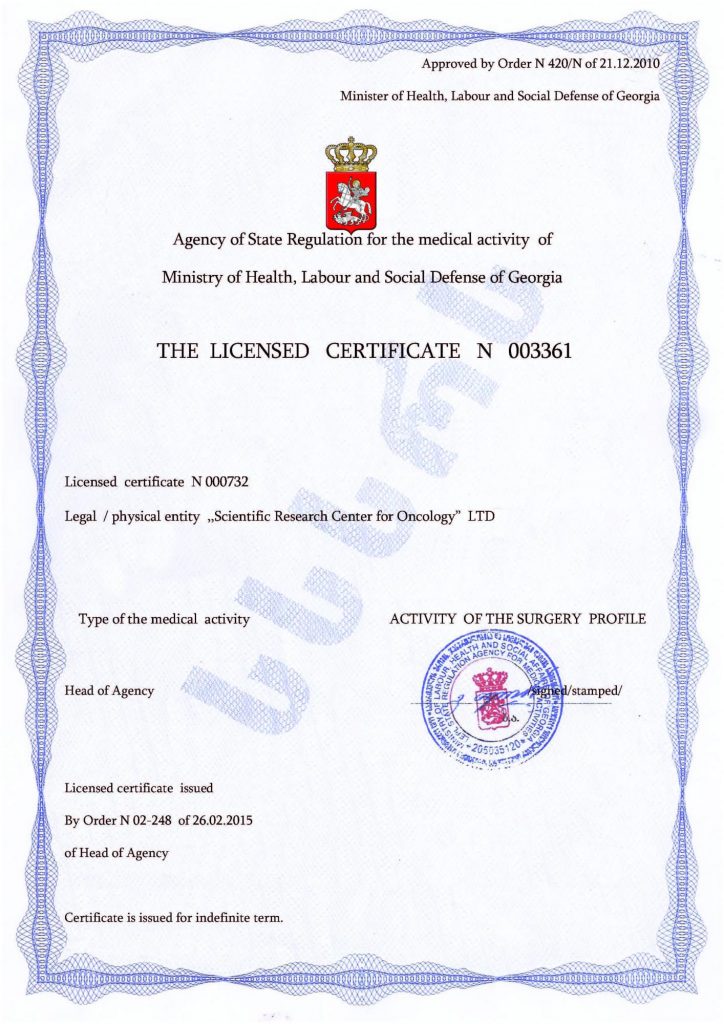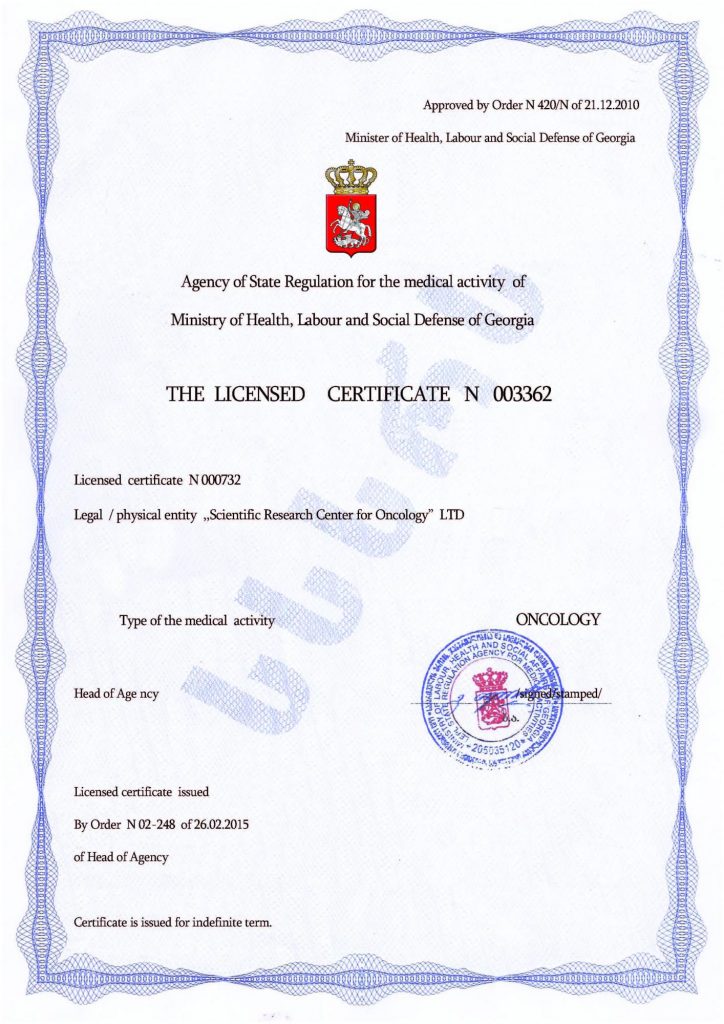Helping an Autistic Child at School
Helping an autistic child at school involves a combination of understanding their unique needs, providing the right support, and fostering an inclusive and positive environment. Here are several strategies:
- Create a Structured Environment
- Consistent routine: Autistic children often thrive in structured environments. A consistent daily schedule can help reduce anxiety and improve focus.
- Clear expectations: Make sure the child understands what is expected of them during lessons, transitions, and activities.
- Use Visual Supports
- Visual schedules: Use pictures, charts, or written schedules to help the child know what to expect throughout the day.
- Visual cues: Employ visual aids, such as color-coded instructions or diagrams, to make concepts easier to understand.
- Provide Sensory Accommodations
- Sensory breaks: Allow the child to take short breaks to engage in calming activities, especially if they become overwhelmed.
- Sensory-friendly space: If possible, designate a quiet area where the child can retreat if the environment becomes too stimulating.
- Headphones or fidget tools: Some children benefit from noise-canceling headphones or sensory tools like fidget spinners to help them concentrate.
- Promote Social Skills Development
- Peer buddies: Pair the child with a peer who can help model appropriate social interactions and provide companionship.
- Social stories: Use stories or role-playing to help the child understand and practice social scenarios (e.g., how to greet someone or take turns).
- Adjust Communication Methods
- Clear and direct communication: Speak in simple, concrete language and avoid idioms or figurative expressions that might be confusing.
- Use alternative communication tools: If verbal communication is difficult, consider using tools like picture communication boards, sign language, or augmentative communication devices.
- Collaborate with Support Staff
- Special education services: Work with special education teachers, speech therapists, and other professionals to create an individualized education plan (IEP) that addresses the child’s needs.
- Behavioral support: If the child exhibits challenging behaviors, develop strategies in collaboration with a behavior analyst to address those behaviors in a positive way.
- Foster Inclusion and Acceptance
- Promote understanding among peers: Help the child’s classmates understand autism in an age-appropriate way to foster empathy and reduce bullying or isolation.
- Celebrate differences: Encourage diversity and inclusivity in the classroom, helping children to appreciate the unique qualities each individual brings.
- Provide Emotional and Social Support
- Encourage self-regulation: Teach the child strategies to manage emotions, like deep breathing or using calming tools when feeling overwhelmed.
- Praise efforts and progress: Reinforce positive behaviors with praise and rewards to motivate and build confidence.
- Adapt Classroom Materials
- Modify assignments: Provide additional time for tasks, reduce the complexity of assignments, or break them into smaller chunks if needed.
- Alternative formats: If a child struggles with reading or writing, provide audiobooks or allow them to respond verbally instead of in writing.
- Monitor Progress and Adjust Strategies
- Regular check-ins: Continuously monitor the child’s progress and adjust strategies based on their evolving needs.
- Feedback from the child: If possible, involve the child in discussions about what strategies help them succeed.
By tailoring the learning environment and support to the individual needs of an autistic child, schools can create a setting where the child feels understood, valued, and able to thrive academically and socially.
Autism Treatment Center Videos
Autism treatment with own stem cells
Cord blood association congress
International Quality Crown
Autism Treatment Reviews
Autism treatment with own stem cells
The story of Alessandro (6 years old)
Autism Patient Testimonial - Stem Cell Treatment
Clients Testimonials
In February 2024, our son Yusup underwent a transplantation of his own stem cells for autism correction at the Mardaleishvili Clinic in Georgia. At that time, Yusup was 7 years old. After the transplantation, we noticed improvements in Yusup. His understanding of spoken language improved, and his hyperactivity decreased. It became easier to go for walks with him and visit crowded places. Yusup became more focused and capable of learning. He learned the alphabet, names of fruits, vegetables, and animals....
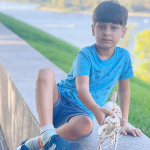
Review by Anastasia, mother of Yusup (8 years old) Read More
Our son Andre is 9 years old. We are from Belgium. In August 2022, he underwent a transplantation of his own stem cells from bone marrow at the Mardaleishvili Clinic in Georgia. After the transplantation, we noticed real improvements in Andre. His speech improved — he began speaking in more complex sentences and using a broader vocabulary. His understanding of spoken language got better; before, he didn’t respond to questions, but now he answers and even asks questions himself. Andre...
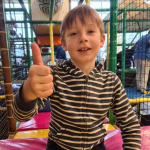
Feedback from Nathalie, mother of Andre (9 years old) Read More
In April 2023, my daughter Emily underwent a stem cell transplantation using her own cells to help treat autism at the Mardaleishvili Clinic in Georgia. At that time, Emily was 5 years old. Since the transplantation, there have definitely been improvements. She started speaking in three-word sentences. Emily has almost completely learned to understand spoken language in both Russian and Hebrew. She has become more social, interacts more with others, and now enjoys group games. Emily has learned to control...

Feedback from Yulia, mother of Emily (7 years old) Read More
In December 2024, my daughter underwent a transplant of her own stem cells for autism treatment at the Mardaleishvili Clinic in Georgia. At that time, Katrina was 5 years old. Only 3 months have passed since the transplant, but Katrina already shows improvements. Before the transplant, the child used only 5 words. After the procedure, her vocabulary increased to 30 words. Her understanding of spoken language improved. Eye contact appeared. Katrina became more social, started approaching other children and showing...
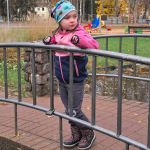
Feedback by Everita, Katrina’s mother (5 years old) Read More
In May 2023, my son underwent a stem cell transplant using his own cells to correct autism at the Mardaleishvili Clinic in Georgia. At that time, David was 11 years old. After the transplant, there have undoubtedly been improvements in David’s condition. David began to almost fully understand spoken language. He started to adequately perceive and react to the world around him. He became more attentive and now recognizes danger. David became more social, often approaching other children and trying...
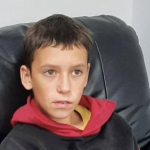
Feedback from Igor, David’s father (12 years old) Read More
Hello, I would like to share my experience regarding the transplantation of own stem cells for the treatment of childhood autism. My son Fedya underwent the procedure in Georgia at the Mardaleishvili Clinic. As a mother, I really want quick and maximum results, but so far we are making slow progress. After the procedure, the child experienced an emotional outburst. Two weeks later, we noticed that he improved by 50% in understanding spoken language. He began to follow more complex...
